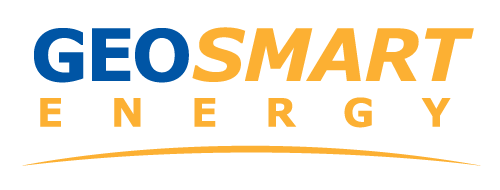By Ryan Jahnke, Thermo Source (as published in the The Detroit News, Opinion Editorials)
February 16, 2013 at 1:00 am
The state of Michigan has taken a great step in encouraging wind farms, solar arrays and biodiesel, but is missing out on another tremendous source of renewable energy: Geothermal. Unlike your typical renewable energy systems, geothermal is an energy conservation measure that utilizes free, constant and continuous temperature stored naturally in the ground to provide the most energy-efficient form of comfort heating, comfort cooling, domestic hot water and even refrigeration. When compared to typical fossil fuel furnaces and air conditioners, geothermal systems can provide energy savings of up to 60 percent.
Geothermal systems use the same technology as other heat pumps (refrigerators, freezers and air conditioners), all of which move heat from one place to another. The difference is that a geothermal system uses a heat pump in connection with a system of pipes installed in the ground and a mixture of water and environmentally friendly antifreeze that is circulated in those pipes to recover or dissipate heat. In the winter, a geothermal heat pump system moves heat from the earth into buildings for heating. In the summer, a geothermal heat pump system can be reversed and move heat from the building into domestic hot water tanks with the excess heat returned to the earth. Geothermal technology is not new, does not require investment in product development and is available in everyone’s backyard.
When you break down the benefits of geothermal system to the consumer, community, utility companies (most critical) and state of Michigan, it is unfortunate that geothermal is not discussed and subsidized more.
The consumer, whether a homeowner, business owner or public entity, benefits through substantial utility cost savings, improved comfort and long-term reliability.
The community benefits because nearly 85 percent of the total installation cost requires local labor, including drillers, excavators, mechanics, plumbers and electricians.
The state of Michigan benefits because consumers will have more disposable income, the community will have more work, and the utility companies will eliminate the need for future power plants and have fewer power outages. Most importantly, the reduction in carbon emissions will produce a healthier environment for all of us in this great state.
With all the benefits of geothermal, why is the technology not more common? The answer is knowledge and cost. I would venture to say that nine out of 10 people have never heard of geothermal. Most people don’t have a geothermal system or know anybody who does.
How do we change that? The challenge is creating an incentive structure that encourages the investment in geothermal. For example, the average geothermal system for an existing home costs around $20,000. The federal government allows you to claim a 30 percent tax credit on the total installation cost, which in this case is $6,000. DTE does have a special utility rate for geothermal systems, but if you cannot afford the system, then what good is a special rate? Consumers Energy follows a similar path, except it will offer an incentive on geothermal if you are replacing an existing geothermal system. How does that encourage new investment in the technology?
It is the responsibility of the state and utility companies to make the right choices where to encourage investment in renewable energy and conservation. Certain steps have been taken, money has been allocated, but a key solution has been left out. Geothermal is the perfect blend of renewable energy and conservation.
Ryan Jahnke is manager of the commercial and industrial division for GeoSmart Energy’s Geothermal Specialist, Thermo Source, a Michigan-based energy services company and geothermal specialist.

